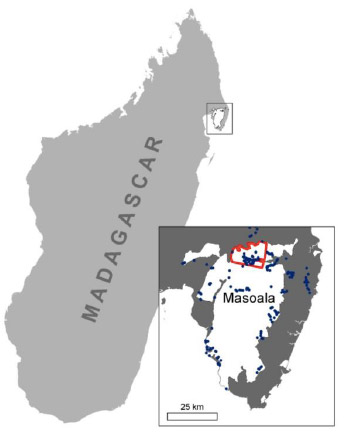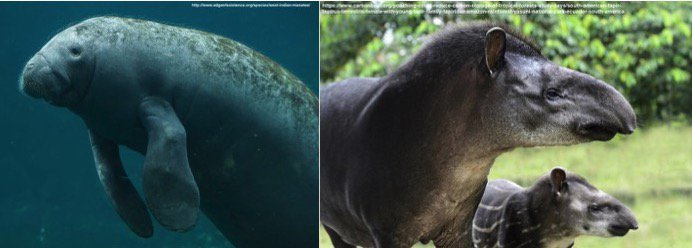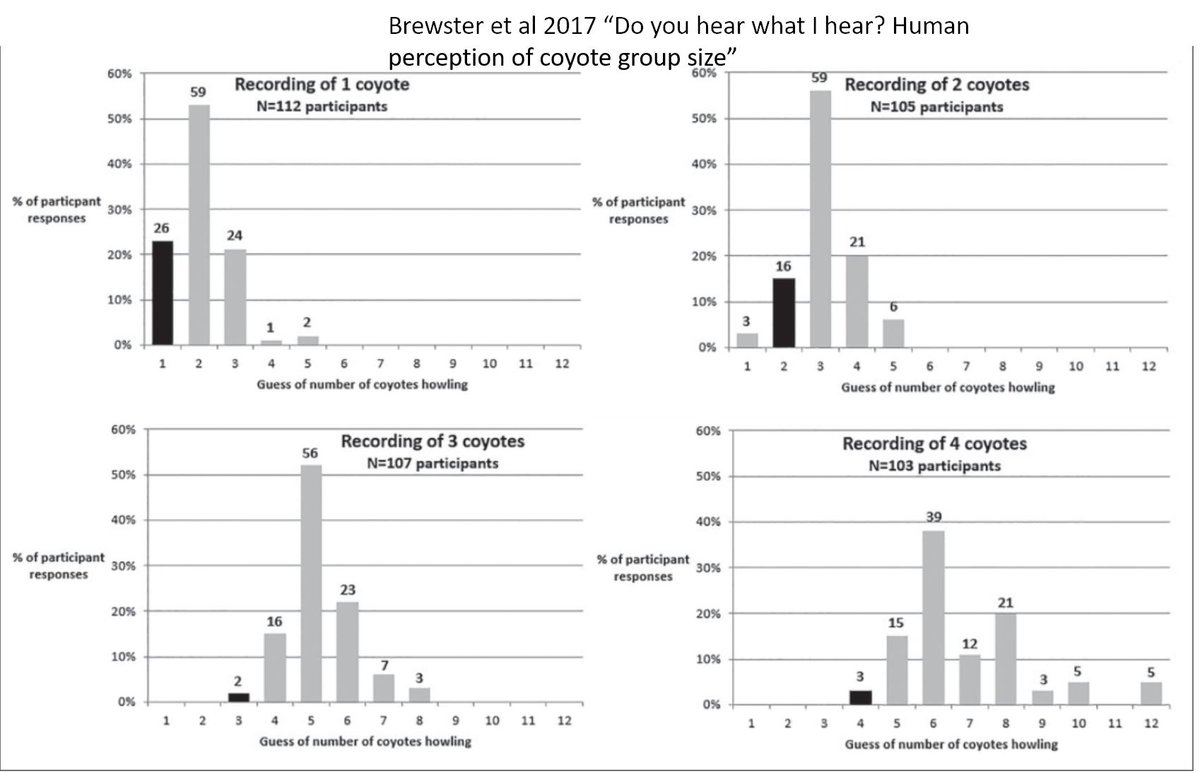
Next up: #2 seed Masrasector nananubis Vs. #15 seed Crypt-keeper Wasp. Battle by myself and @c_n_anderson #2021MMM 



Masrasector nananubis species name means "little Anubis", referring to the jackal-headed ancient Egyptian god of embalming who protects tombs & brings souls through the underworld #2021MMM 

Lit'l Anubis belongs to a group of extinct predators known as Hyaenodonts. …..not because they looked like hyenas but because their teeth are similar to hyena teeth! The species dates to 35 million years ago (or 6,800,000 stoat life units) #2021MMM
As only a skull and limb bone were found it is hard to know for sure how large they were. Using complex stoatistical regression though we can estimate M. nananubis to weight a little over 5 stoats (or about 1.16 kg) (Borths & Seiffer 2017) #2021MMM 

Cryptkeeper wasp carries the taxonomic name "Eudurus set" which refers to the Egyptian God Set. Not only is Set the god of evil & chaos, he also locked his brother in a crypt & then #DirectorsCut cut him up into many pieces. #ThatsAnAwkwardHolidayCardToWrite #2021MMM
The Cryptkeeper wasp is a 'hyperparasite" - which means it is a parasite whose host is also a parasite. There can even be hyperparasites of hyperparasites. @EdYong209 has called this life history "a cross between the films Alien and Inception" discovermagazine.com/planet-earth/e… #2021MMM 

@edyong209 "Gall wasps" are parasites that lay their eggs in plants, which cause growths ("galls") in the leaf for larvae to feed on. When ready, a larval gall wasp chews its way out by making an escape hole...unless that gall has also had eggs laid in it by a Cryptkeeper wasp. #2021MMM 

@edyong209 When co-habitating a gall with Cryptkeeper, Gall Wasp chewing behavior is manipulated so that the hole it makes is smaller than usual - so it can't escape. When the Crypt Keeper matures it *chews through the head of the other wasp* and flies off #TheHorror #2021MMM
While many folks know bees are important few seem to recognize the role wasps play in the ecosystem. Want to know more about wasps? Check out this kid-centric publication: kids.frontiersin.org/article/10.338… #2021MMM
As tonight's battle begins, Cryptkeeper Wasp finds itself in the Fayum depression of Egypt. Today a desert, 34 million years ago it would have looked more similar to today's Everglades, and the swamp is a buzzin' hummin' & happenin' place link.springer.com/chapter/10.100… #2021MMM 

Monkeys are foraging for fruit; lemur-like primates are hunting insects; Hyrax-like creatures are scurrying around; Anthracotheres (a skinny hippo, w/ pig-like appearance) & Moeritherium (looked like cross between tapir & hippo) are roaming as well (Kirk & Simons 2001). #2021MMM
Lit'l skunk-sized Anubis moves like a wolf as he hunts a saghatherium, a herbivorous hyrax. (Borths and Seiffert 2017) #HungryLikeAWolf #2021MMM
Crypt-keeper Wasp ignores all of this as she searches for a gall to lay her eggs in. Usually she focuses on Oak species since that is where her larvae's preferred host will be found. #2021MMM
In a nearby Cynometra tree are Wadilemur elegans, an early lemur ancestor. They watch as as the wasp and Lit'l Anubis converge on their tree, each oblivious about the primates desire to be left alone #2021MMM
Wadilemur makes a series high pitched squeals in alarm! The cacophony of sounds causes saghatherium to bolt away with Lit'l Anubis in hot pursuit… right off the field of battle!!! #2021MMM
• • •
Missing some Tweet in this thread? You can try to
force a refresh














